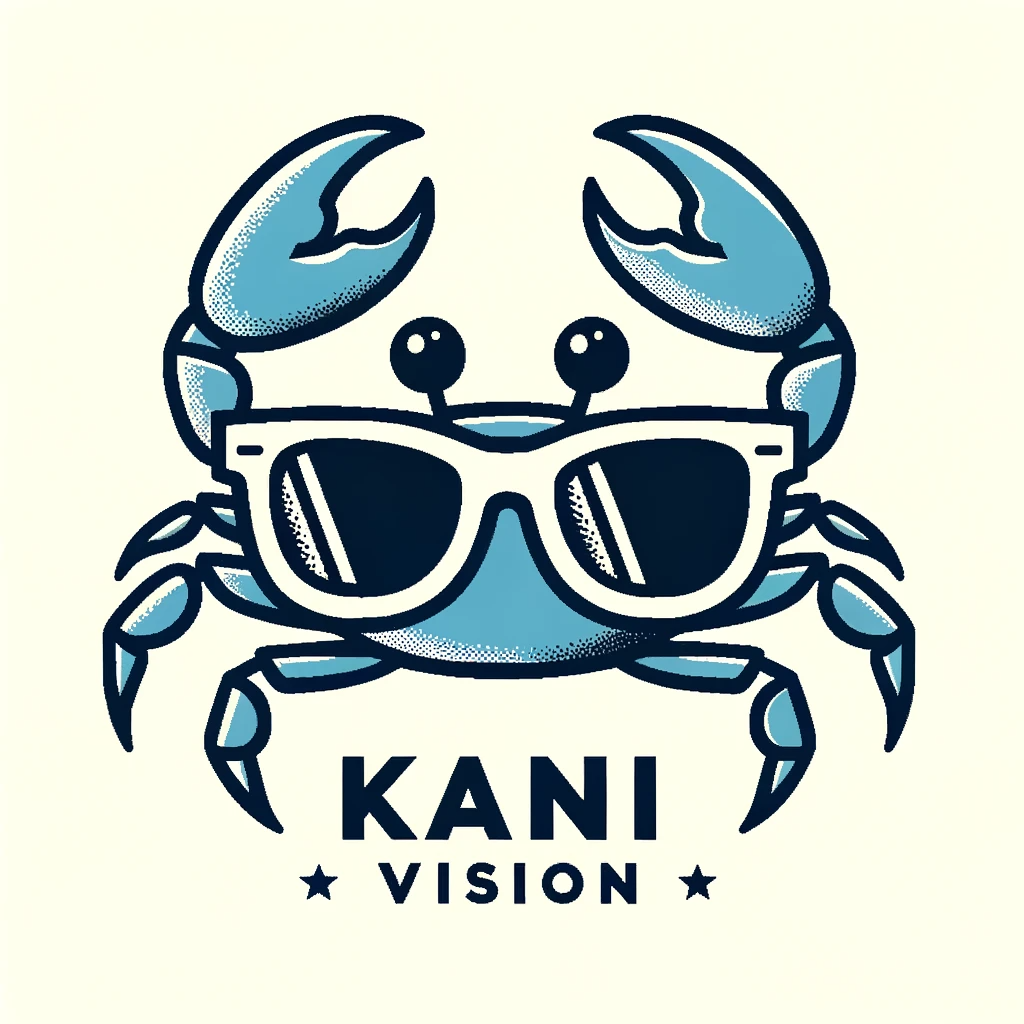To install kani-vision, you must have at least Python 3.10. kani-vision uses extras to provide support for specific models - see below for model-specific instructions and other extras.
You can combine multiple extras into a single command, like pip install "kani-vision[openai,ascii]".
$ pip install "kani-vision[openai]"Note: to install dependencies for LLaVA, you will have to run the following two commands as the LLaVA package installs some outdated incompatible dependencies by default:
$ pip install "kani-vision[llava]"
$ pip install --no-deps "llava @ git+https://github.com/haotian-liu/LLaVA.git@v1.1.3"pip install "kani-vision[ascii]": When usingchat_in_terminal_vision(), this will display any images you provide to the model as ASCII art in your terminal :).
from kani import Kani
from kani.ext.vision import chat_in_terminal_vision
from kani.ext.vision.engines.openai import OpenAIVisionEngine
# add your OpenAI API key here
api_key = "sk-..."
engine = OpenAIVisionEngine(api_key, model="gpt-4-vision-preview", max_tokens=512)
ai = Kani(engine)
# use `!path/to/file.png` to provide an image to the engine, e.g. `Please describe this image: !kani-logo.png`
# or use a URL: `Please describe this image: !https://example.com/image.png`
chat_in_terminal_vision(ai)This section assumes that you're already familiar with the basic usage of kani. If not, go check out the kani docs first!
kani-vision provides two main features to extend kani with vision using the message parts API.
The first are the vision engines, which are the underlying vision-language models (VLMs). kani-vision comes with support for two VLM engines, GPT-4V (OpenAI's hosted model) and LLaVA v1.5 (an open-source extension of Vicuna):
| Model Name | Extra | Capabilities | Engine |
|---|---|---|---|
| GPT-4V | openai |
🛠 📡 | kani.ext.vision.engines.openai.OpenAIVisionEngine |
| LLaVA v1.5 | llava 1 |
🔓 🖥 🚀 | kani.ext.vision.engines.llava.LlavaEngine |
Legend
- 🛠: Supports function calling.
- 🔓: Open source model.
- 🖥: Runs locally on CPU.
- 🚀: Runs locally on GPU.
- 📡: Hosted API.
To initialize an engine, you use it the same way as in normal kani! All vision engines are interchangeable with normal kani engines.
The second feature you need to be familiar with is the ImagePart, the core way of sending messages to the engine.
To do this, when you call the kani round methods (i.e. Kani.chat_round or Kani.full_round or their str variants),
pass a list rather than a string:
from kani import Kani
from kani.ext.vision import ImagePart
from kani.ext.vision.engines.llava import LlavaEngine
engine = LlavaEngine("liuhaotian/llava-v1.5-7b")
ai = Kani(engine)
# notice how the arg is a list of parts rather than a single str!
msg = await ai.chat_round_str([
"Please describe this image:",
ImagePart.from_path("path/to/image.png")
])
print(msg)You can also define images from a URL, raw PNG binary or a Pillow Image, using
ImagePart.from_url, ImagePart.from_bytes, or ImagePart.from_image, respectively.
See the examples for more.
Finally, kani-vision comes with an additional utility to chat with a VLM in your terminal, chat_in_terminal_vision.
This utility allows you to provide images on your disk or on the internet inline by prepending it with an exclamation point:
>>> from kani.ext.vision import chat_in_terminal_vision
>>> chat_in_terminal_vision(ai)
USER: Please describe this image: !path/to/image.png and also this one: !https://example.com/image.pngFootnotes
-
See the installation instructions. You may also need to install PyTorch manually. ↩


